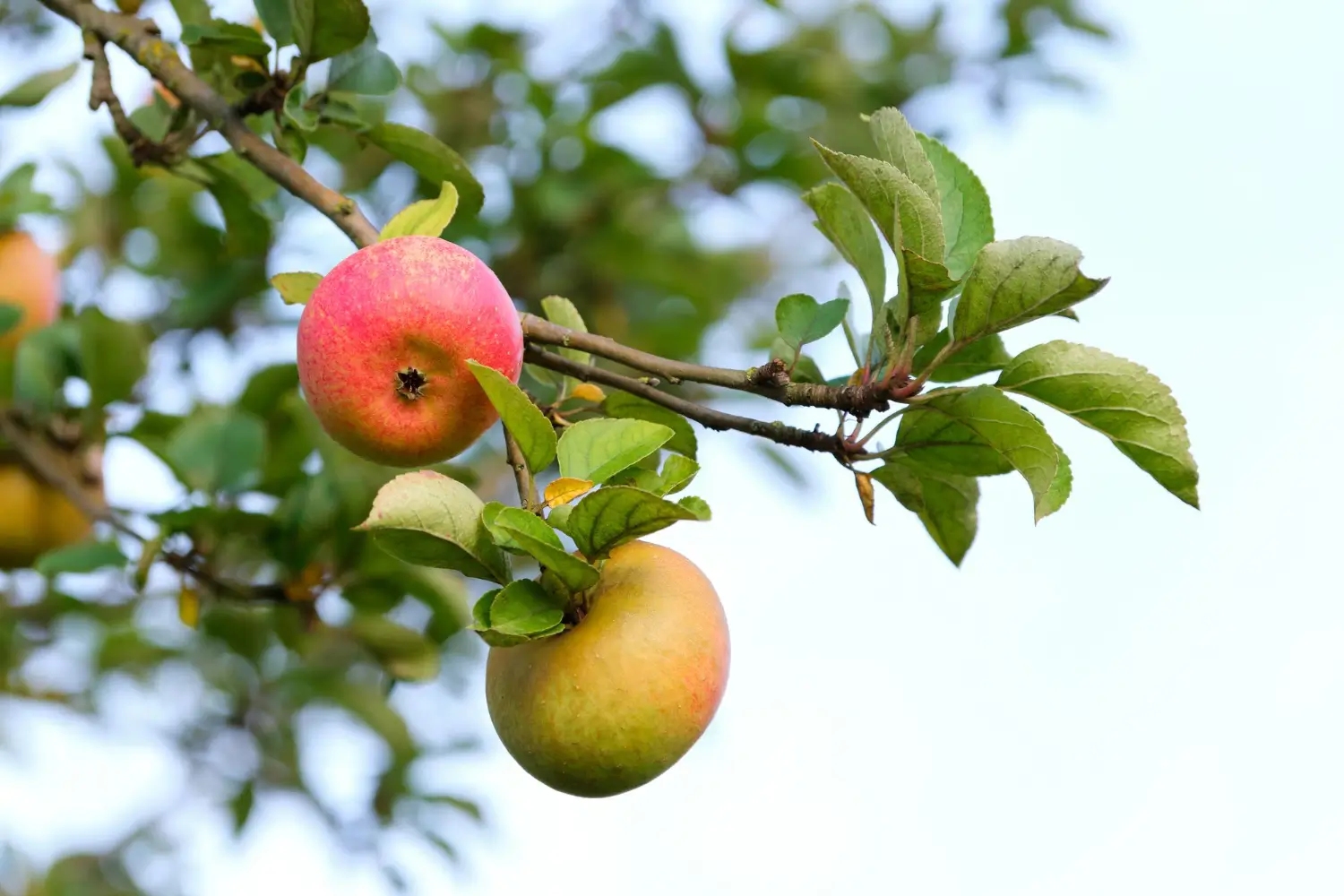
Soil Health & Fertilization
We unite suppliers and green industry professionals worldwide
Also known as Fishbone Cactus or Epiphyllum anguliger, the Zigzag Plant earns its extraordinary name from its dramatic, serrated leaves that grow in a zigzag—or fishbone—pattern.
By Mariam Scott
|Published on June 10, 2025


“What plant looks like a lightning bolt and grows like a cactus? Meet the Zigzag Plant—nature’s answer to abstract design.”
Also known as Fishbone Cactus or Epiphyllum anguliger, the Zigzag Plant earns its extraordinary name from its dramatic, serrated leaves that grow in a zigzag—or fishbone—pattern. Native to the moist forests of Mexico, it’s technically an epiphytic cactus, growing in= n tree crevices rather than soil.
Unlike desert cacti, this one enjoys bright, indirect light, and likes a little bit of moisture and humidity. Given the right conditions, Zigzag Plant may even reward you with fragrant, night-blooming flowers that appear to belong to a fantasy garden.
Its quirky appearance makes it a favorite among houseplant enthusiasts and interior designers alike. Whether cascading from a hanging basket or perched on a shelf, the Zigzag Plant brings a playful, sculptural element to any space—proving that low-maintenance doesn’t have to mean low-impact.
| Botanical Name | Epiphyllum anguliger |
| Common Names | Zigzag Plant, Fishbone Cactus, Ric Rac Cactus |
| Type | Epiphytic cactus |
| Height | Up to 2 feet, with trailing stems |
| Sunlight Needs | Bright, indirect light |
| Soil | Light, airy and well-draining mix |
| Watering needs | Moderate; allow topsoil to dry |
| Hardiness Zones | 10–11 (USDA) |
| Bloom Time | Late summer to fall (overnight bloomer) |

September 25, 2025
9 minute read
September 24, 2025
9 minute read
September 23, 2025
10 minute read
September 22, 2025
9 minute read


Join as a seller and connect with thousands of B2B buyers nationwide!
Sign Up

Early Harvest Apple Tree
For those who adore crispy, refreshing apples but can’t wait until fall, the Early Harvest Apple Tree is going to be your new best friend.

Early Girl Tomato
A Fast-Growing Favorite That Delivers Tomatoes Before Anyone Else

False Indigo
Native Beauty That Brings Pollinators and Color to Your Garden

Garden Phlox
A Timeless Classic That Provides Color All Season Long
Zigzag Plant care is all about balance. It leans toward humidity and moisture more than most cactuses, but it doesn’t appreciate sitting in wet soil. It grows naturally on trees in hot tropical forests and does best in bright filtered light, consistent warmth, and a loose growing medium.
Its unusual shape and low maintenance needs make it a perfect fit for hanging baskets, shelves, or modern plant stands where its quirky silhouette can shine.
For best growth, provide your Zigzag Plant with bright, indirect light. The fleshy stems of this plant can burn if left in direct sunlight, and weak or leggy growth may result from too little light. Close to an east- or west-facing window with filtered light is ideal. It also adapts well to grow lights indoors.
A light, airy, and well-draining mix mimics its natural environment. Use a cactus or orchid mix, or make your own by mixing potting soil with perlite, bark chips and a bit of compost.
Water thoroughly when the top inch of soil feels dry, then allow excess to drain. The Zigzag Plant doesn't like wet feet, but it won’t tolerate drought as easily as desert cacti either.
Pruning keeps the plant’s shape while promoting branching.
Cuttings from pruned sections can be rooted to grow new plants.
It’s easy to propagate Zigzag Plants from stem cuttings.
To propagate:
New roots usually develop in 2 to 4 weeks. After rooting, transition to regular watering and light conditions.
Perfect for indoor containers and hanging planters, the Zigzag Plant adapts well to pot life.
It does well in places with moderate humidity, such as kitchens or bathrooms.
The Zigzag Plant is only hardy to zones 10–11, so you need to keep it as an indoor plant in cooler regions. During winter, place it in a bright, draft-free spot and reduce watering. Do not fertilize during this rest period. It likes it no cooler than 60°F and if indoor air is very dry, consider occasional misting or a nearby humidity tray.
Zigzag Plants can flower in late summer to early fall with large, sweet scented, creamy white flowers. These flowers bloom at night and only live for about 24 hours, so it’s a magical and ephemeral event.
Flowers usually appear on mature plants that have received consistent care and enough light. A brief cool period (around 55–60°F) in early fall can help trigger blooming.
Generally low-maintenance, but keep an eye out for:
With its strange shape, lush foliage, and nighttime blooms, the Zigzag Plant is an indoor sweetheart for the gardener who loves and appreciates unique plants with a story.
Whether you’re a design enthusiast, a collector of rare houseplants, or merely someone drawn to its wavy silhouette, this epiphytic wonder brings sculptural appeal to any room. Just provide it with the warmth and light it desires, and it will reward you with effortless style — and perhaps even a surprise bloom or two.
Because of the way its flat, deeply notched stems grow in a zigzag or lightning-bolt pattern. This unique look also gives rise to its other name, Fishbone Cactus.
It’s technically a cactus, but it behaves more like a tropical houseplant—preferring moisture and humidity over dry, arid conditions.
Stems may reach up to 2 feet in length, frequently trailing elegantly over the sides of pots.
Only in warm, frost-free zones (10–11). Elsewhere, it’s best as an indoor plant.
Zigzag plants are non toxic to cats and dogs, but ingesting large quantities may still result in stomach upset.

Soil Health & Fertilization
Victor Miller

Pest Identification & Prevention
Victor Miller

Lawn Care Tips & Maintenance
Victor Miller

Soil Health & Fertilization
Victor Miller

Smart Irrigation Systems
Victor Miller

Patios, Walkways & Driveways
Victor Miller

Soil Health & Fertilization
Victor Miller

Pest Identification & Prevention
Victor Miller
My Account
Our team is always here to help.
We are open Monday - Friday, 9:00 AM to 4:30 PM PST.